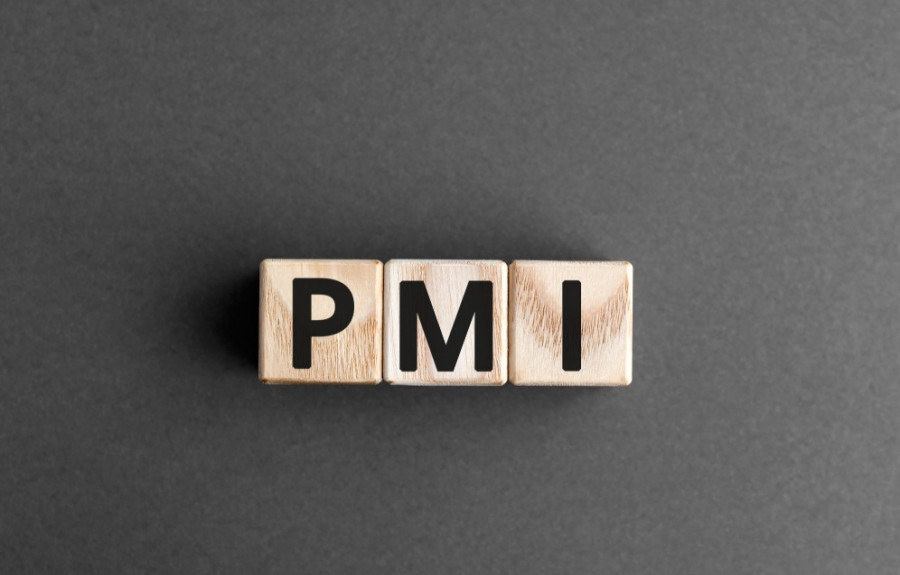Over the past three days, EUR/USD had been rising steadily, climbing from 1.1160 to a local (two-week) high of 1.1363—a nearly 200-point gain in three days, an impressive result by any measure. Yet, despite this momentum, buyers failed to secure a foothold within the 1.13 zone. The blame lies with weaker-than-expected May PMI figures. In addition, the greenback is correcting after a prolonged decline, with the U.S. Dollar Index attempting to rebound toward the 100 mark today.
This backdrop prevented EUR/USD bulls from breaking through the resistance level at 1.1320 (the Kijun-sen line on the daily chart). Although this is an intermediate price barrier, its breakout would have triggered a bullish "Line Parade" signal on the Ichimoku indicator—confirming the strength of the upward trend. But the conflicting fundamentals have translated into equally conflicting technical signals.
According to preliminary forecasts, May PMI figures were expected to remain at April levels—in contraction territory. The main intrigue surrounded the eurozone's services PMI, which had declined to 50.1 in April, hovering near the contraction threshold. Analysts expected a slight rebound to 50.6. Instead, the index dropped sharply to 48.9, firmly in contraction territory—the lowest reading since January 2024.
Other components of the report also came in either in the red or right on forecast—but all below the 50-point threshold. Specifically, the eurozone composite PMI fell to 49.5 from 50.4, indicating a broader slowdown in business activity. Germany's services PMI dropped more than expected to 47.2 (forecast: 49.6)—the weakest since August 2023. The German manufacturing PMI came in at 48.8 as expected but remained in contraction.
Declining business activity is a bearish signal for the euro—especially amid a growing chorus of dovish statements from the ECB. Klaas Knot, ECB Governing Council member and head of the Dutch central bank, stated two days ago that the ECB may further cut rates at the next meeting on June 5, depending on the upcoming macroeconomic projections.
Similar comments were made earlier by Francois Villeroy de Galhau, head of the Bank of France, who said that Donald Trump's protectionist policy will accelerate U.S. inflation but not eurozone inflation—providing room for another rate cut in early summer.
Unexpectedly, Belgium's central bank governor Pierre Wunsch also adopted a dovish stance, saying the ECB should lower borrowing costs to "slightly below 2%" amid global trade tensions. Notably, back in February, Wunsch was advocating a much more cautious approach, opposing an "automatic" path to a 2% deposit rate.
Portugal's central bank head, Mario Centeno, added his voice to the dovish chorus, saying that the ECB should cut rates "below the neutral level"—into the 1.5%–2.0% range—to keep inflation at target.
According to consensus forecasts, the ECB is expected to cut rates by 25 basis points in June and again later this year, lowering the deposit rate to 1.75%. Recent dovish remarks from ECB members, including Galhau, Knot, Wunsch, and others, support this view. Today's weak PMI data only solidified expectations for continued ECB easing—at least in the near term.
Given this backdrop, the euro is unable to take the lead in EUR/USD. When the U.S. dollar began correcting after its three-day decline, the pair reversed south and lost several dozen points.
In my view, no. Despite the euro's weakness (evident in most of its cross pairs), the greenback remains the decisive factor—and it is still too vulnerable amid persistent U.S. stagflation risks. The trade war continues, tariffs are weighing on the global and U.S. economy, and full-scale negotiations between the U.S. and China haven't resumed since the Geneva meeting.
Moreover, neither Washington nor Beijing is showing signs of goodwill. On the contrary, the U.S. has banned third countries from using Huawei chips due to "U.S. export control violations." China responded by accusing the U.S. of violating Geneva trade agreements and urged Washington to "stop its baseless accusations" regarding threats in outer space—this in response to Trump's "Iron Dome" missile defense announcement.
In short, the dollar is in no position to offer EUR/USD bears a sustainable move toward the lower 1.12 zone. A look at the daily chart shows that as soon as the pair approached support at 1.1280 (the midline of the Bollinger Bands on D1), the bearish impulse faded.
All of this suggests that the current corrective pullback should be seen as an opportunity to enter long positions—with the first target at 1.1320 (Kijun-sen on the daily chart) and the primary target at 1.1400.












